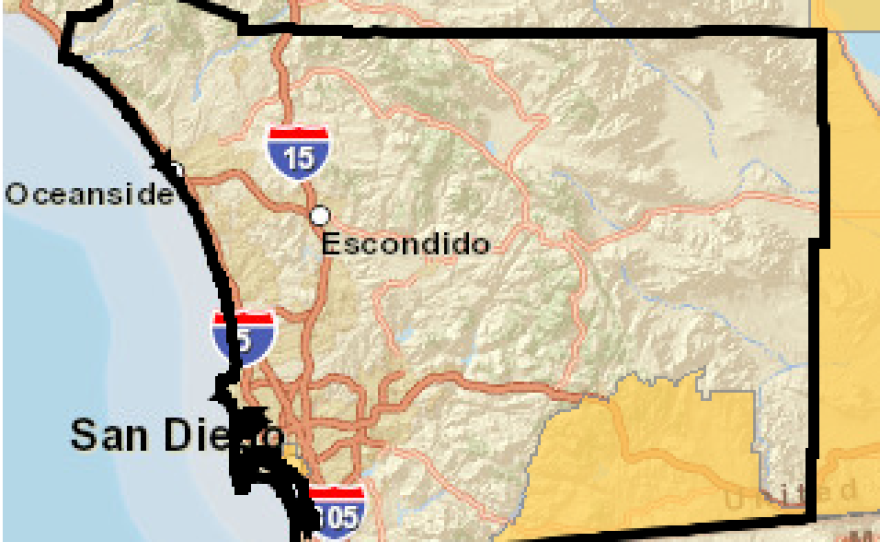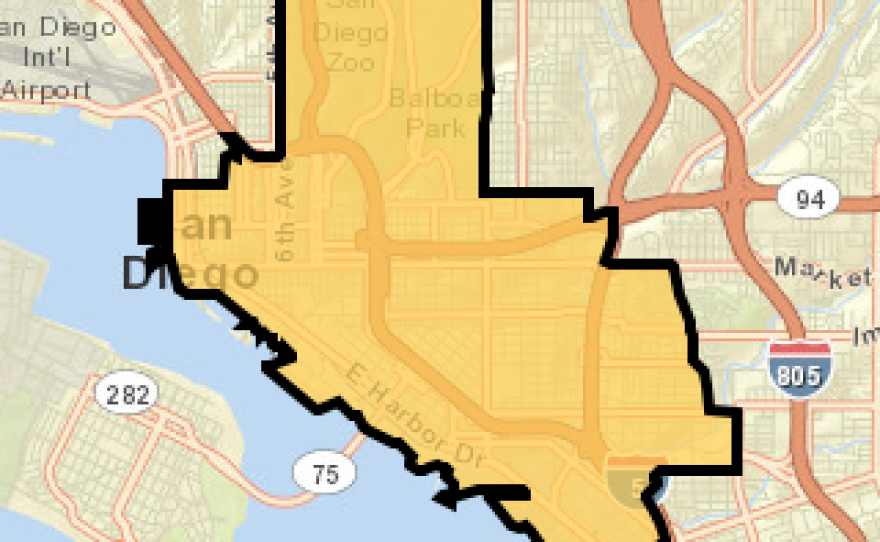A report out today says California is among the 10 worst states when it comes to getting kids in to see a dentist. Researchers with the Pew Charitable Trusts say nearly 60 percent of California children with dental coverage through Medi-Cal, the state's version of Medicaid, did not see a dentist in 2011.
But state data show kids enrolled in Medi-Cal in San Diego County fared much better. They were about 20 percent more likely to see a dentist.
Dr. Harriet Seldin, a Clairemont dentist and former president of the San Diego County Dental Society, said "a huge part of it is because everyone talks to everyone."
Seldin said health care providers, consumers and county staff meet monthly under the heading, Healthy San Diego, to discuss issues and policies affecting Medi-Cal beneficiaries. She said San Diego also has a robust system of community clinics that incorporate dental care.
"The biggest barrier is your dental IQ," Seldin said, adding that parents often don't know oral hygiene problems can develop early on.
The 2009 California Health Interview Survey, a biennial study conducted by the UCLA Center for Health Policy Research, suggests parents throughout the state and in San Diego held off on making dentist appointments because they felt their children were too young or shouldn't go unless they had a problem.
The American Dental Association recommends children see a dentist within six months of getting their first tooth and every six months after that.
But Jane Koppelman, the research director for Pew's children's dental campaign, said the situation is more complex.
"Dental literacy is always an issue, but when 60 percent of your kids on Medicaid are not seeing a dentist, it is more," Koppelman said. "It's always a combination of factors, but access is central to the problem."


The report cites a nationwide shortage of dentists as contributing to the lapse in dental care for 14 million U.S. children in 2011. According to the report, 45 million Americans live in areas that have too few dentists.
In California, less than 3 percent of the state's population lives in a community the federal government has deemed a dentist shortage area. Federal health officials say there should be one dentist per 5,000 residents. In San Diego, the Golden Hill, Sherman Heights and Barrio Logan neighborhoods have too few dentists.
But the study's authors say access is still an issue in areas with enough dentists. Many providers don't accept Medi-Cal or are overburdened if they do.
And when the state expands Medi-Cal coverage under the Affordable Care Act, that burden could grow.
"It may exacerbate the access problem," Koppelman said. "I mean, it's great that more children are going to be getting dental coverage, but dental coverage doesn't always translate into getting care."







